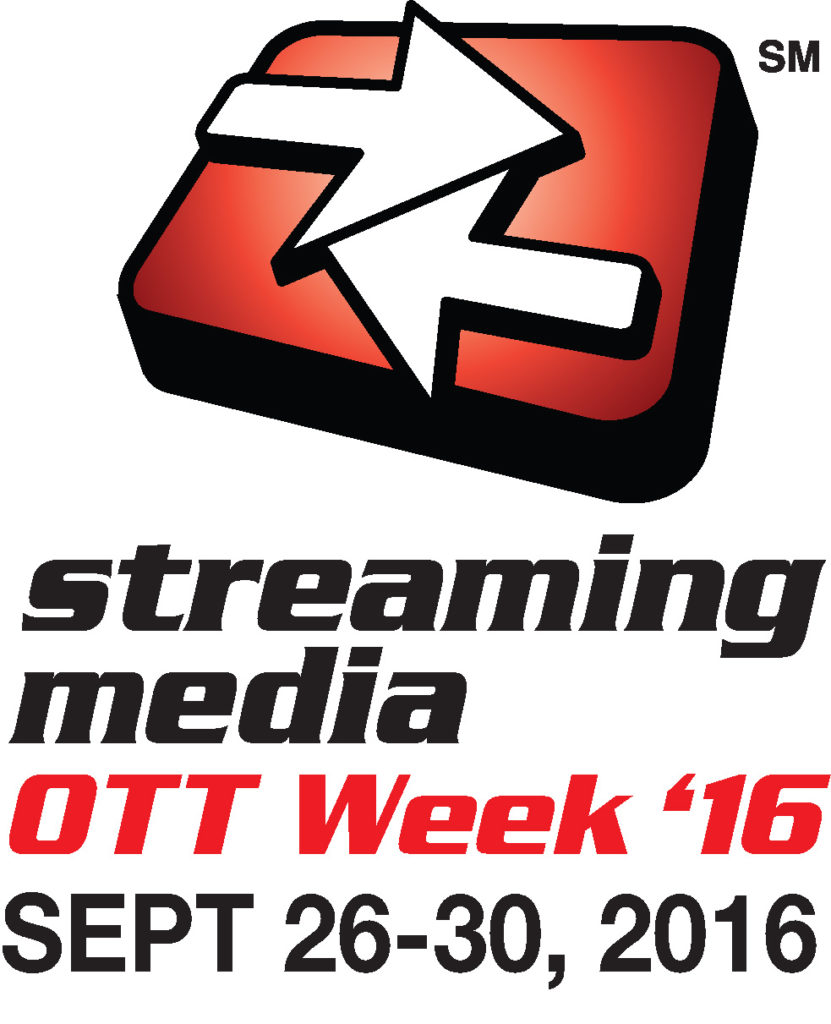Conviva Drops Patent Lawsuit Against Nice People At Work
In March, QoE platform provider Conviva filed a patent infringement lawsuit against Nice People at Work claiming that NPAW was willfully infringing on a number of key patents, (8,874,725; 9,100,288; 9,246,965) which relate to the computation and summarization of video streaming metrics as well as delivery resource selection and switching. Last Thursday, the judge in the case heard oral arguments on all of the motions and two days later, before the court had a chance to render its decision, Conviva made the decision to dismiss the case and dropped all of its claims, putting an end to the litigation.
I haven’t had a chance to speak to either of the companies involved as they are at IBC this week, but whatever the reason for the change, it’s a smart move for Conviva. Patent suits rarely benefit any company and while Conviva is larger than NPAW, both companies are small, don’t have the resources for a long drawn-out lawsuit and their time could be best spent focusing on their customers. The best way to compete with a new competitor in the market isn’t in the courts, it’s with your product. Make it better than your competitors and it will stand on its own.
The market for QoE related services is starting to get very crowded. Along with well known vendors like Conviva, Cedexis and Adobe, there are a lot of new entrants including NPAW, Hola, Touchstream, Tektronix, Erisccon, VMC (owned by Volt Information Sciences), Interferex and others. And while not all of these vendors are doing the same thing, or would be an apples-to-apples comparison in each case, they are all working on improving QoE in one way or another. You will also see some of the online video platform (OVP) providers and CDNs roll out their own QoE solutions by the end of this year.




